A retaining wall is a soil-restricting wall. It prevents dirt from sliding down a slope and keeps your yard or garden tidy and secure.
Choosing the right material is very important for Retaining Walls Services. It should be strong, look nice, and last for a long time. Otherwise, your wall may break or need repairs sooner than expected.
In this blog, you will learn what materials work best, simple design rules, and answers to common questions. As a result, you will be ready to make smart choices for your yard.
What Should a Retaining Wall Be Made Of?
Retaining walls are most often constructed with concrete blocks, poured concrete, stone, brick, timber (wood), or gabion baskets (rock-filled wire cages). The most effective material for retaining wall construction will vary based on your area, your funds, and the appearance you wish to achieve.
Various Types of Retaining Wall Materials
Concrete Blocks
Positive: Simple to use, robust, appearance modern
Negative: May require additional support when building high walls
Ideal for: Small residential projects
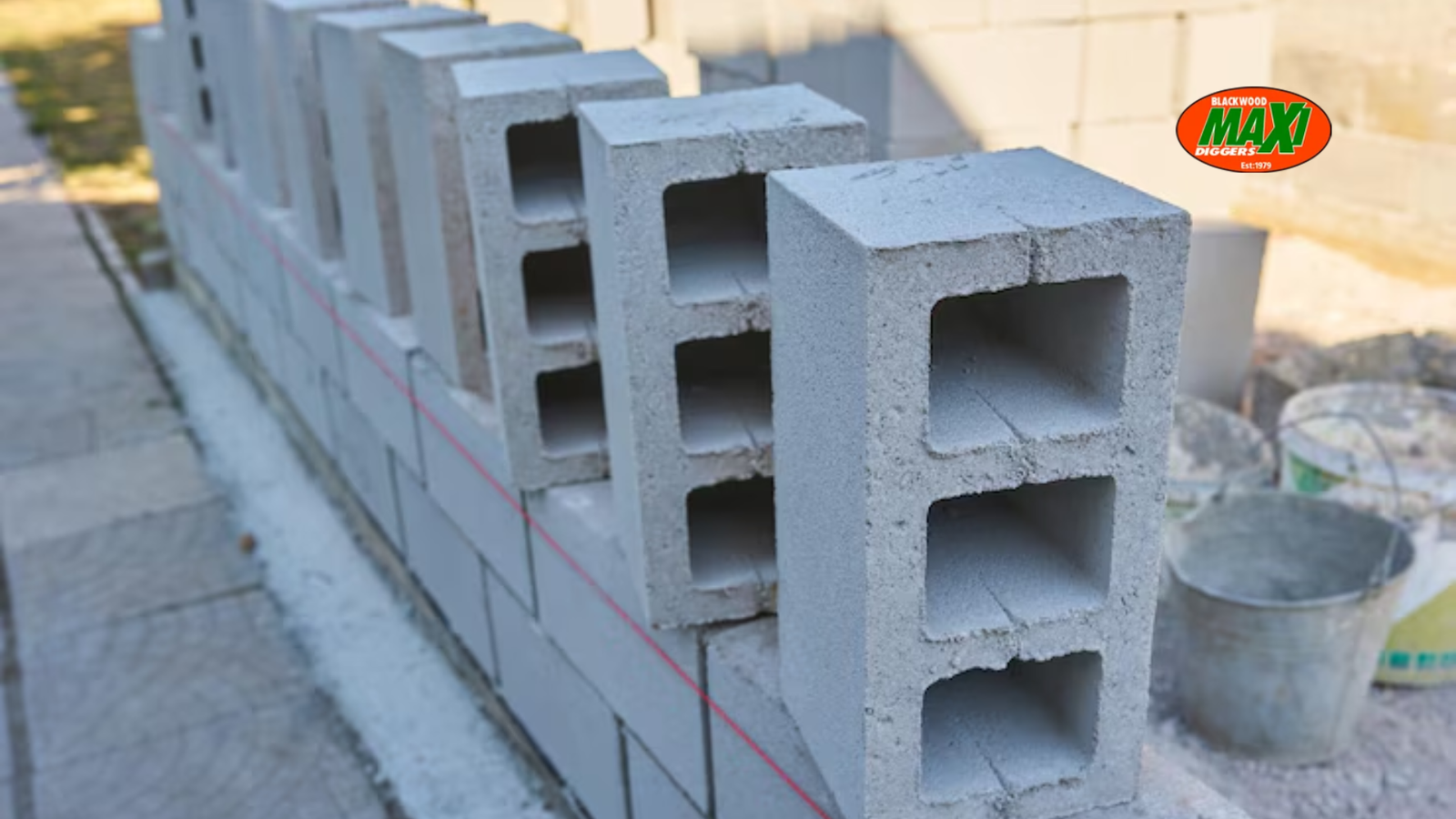
Poured Concrete
Good points: Extremely strong, long lasting
Not so good: More expensive, requires a builder
Best suited for: Large walls and heavy work

Stone
Good points: Natural, attractive, sturdy
Not so good: Heavy and expensive
Best suited for: Decorative gardens
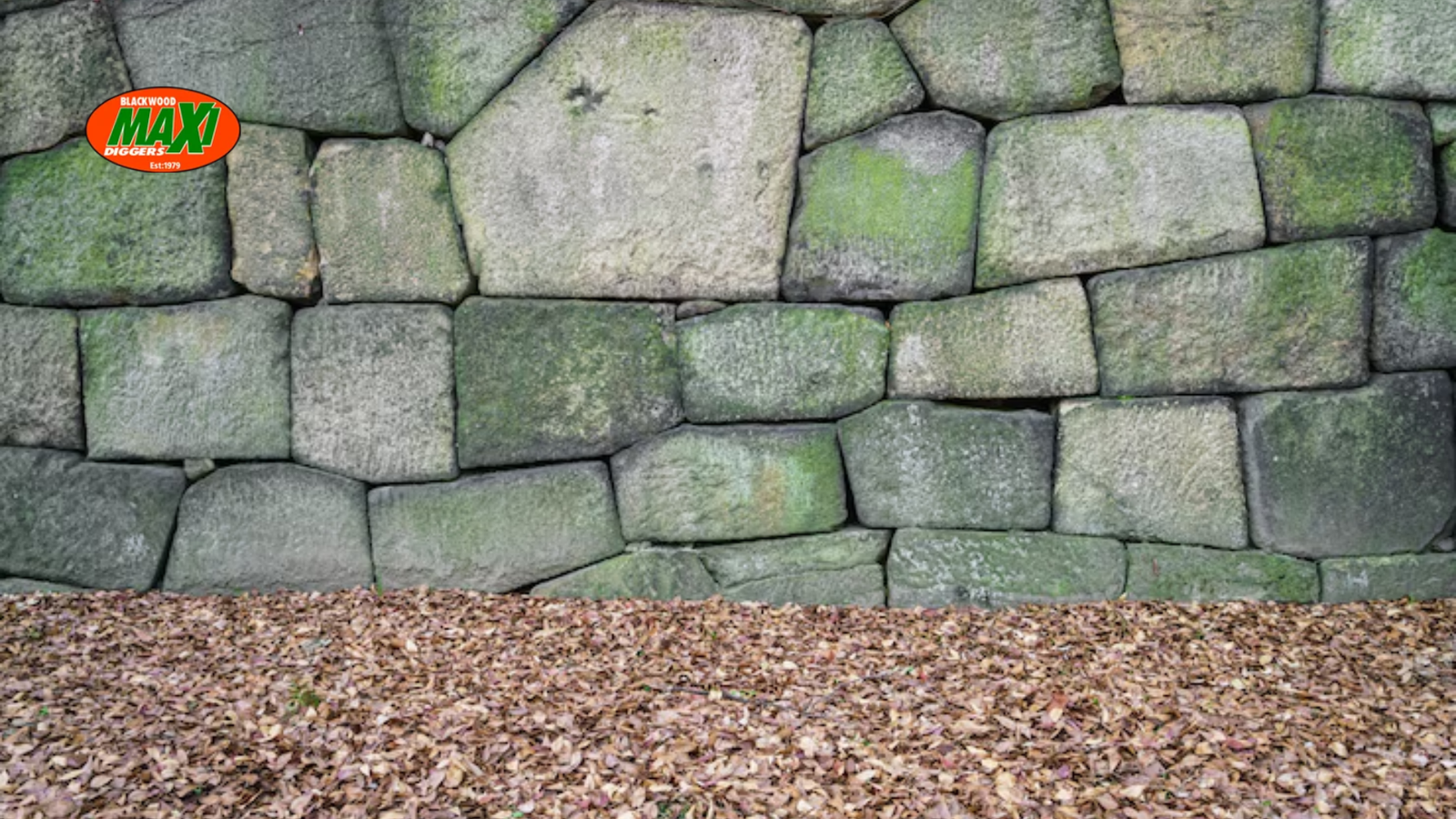
Brick
Good points: Traditional look
Not so good: May crack in damp weather
Best suited for: Low decorative walls
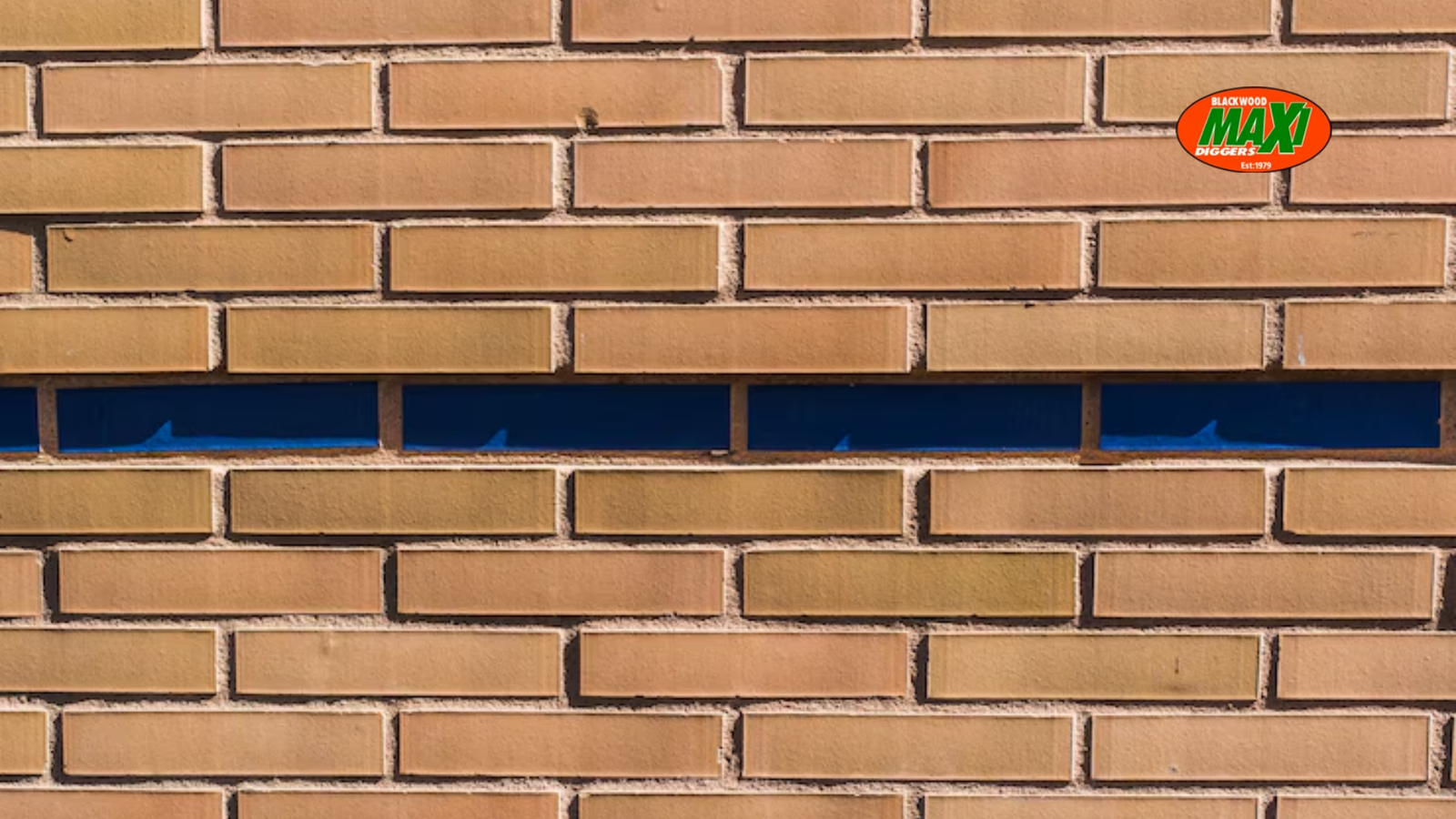
Timber (Wood)
Good points: Inexpensive, readily available
Not so good: May rot or become infested with bugs
Best suited for: Short- or small-term walls
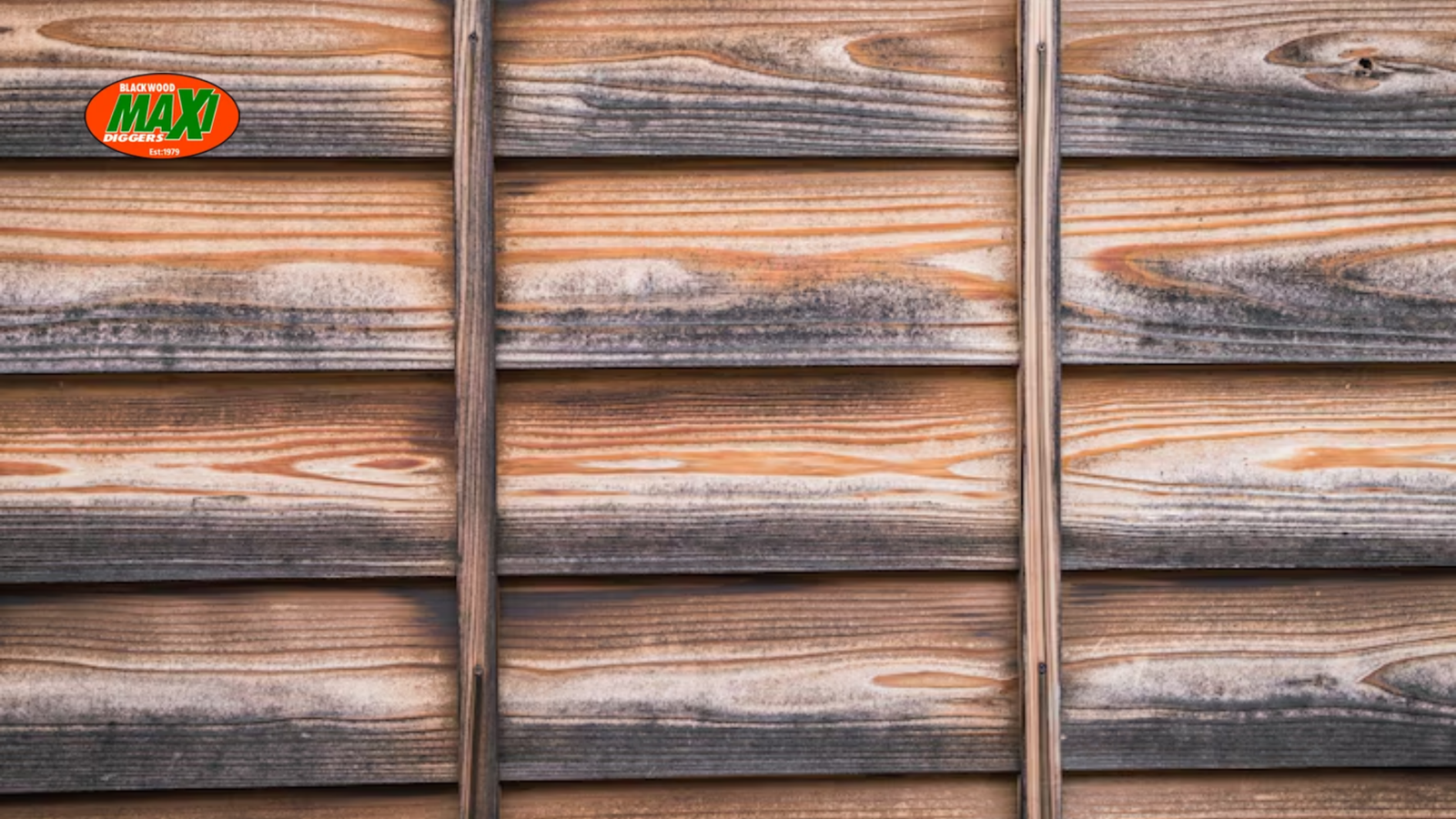
Gabion Baskets
Good things: Good for water flow, very sturdy
Not so good: Not fancy looking
Best for: Farms, large slopes
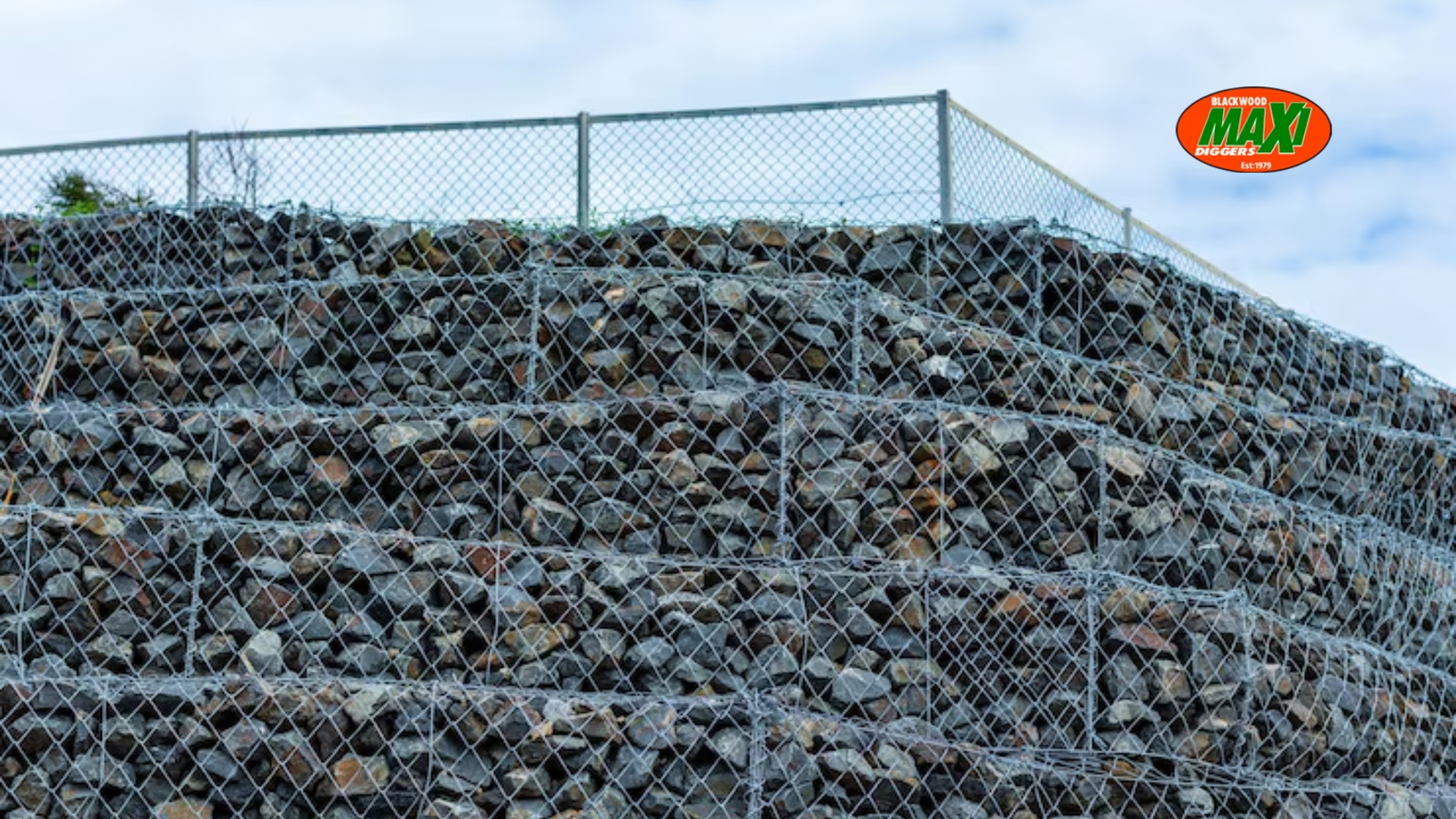
All of these Retaining Walls Services materials have their advantages and disadvantages. So, take your time and select the one that will suit your yard and you.
What is the Minimum Thickness of a Retaining Wall?
Minimum wall thickness for a retaining wall is around 200mm (8 inches) for a small wall. For larger concrete walls, it should be 300–400mm (12–16 inches). If you don’t maintain this standards then you will face fetal wall failure.
What Influences Wall Thickness?
A number of factors influence the thickness your wall should be:
How high the wall is – Higher walls must be thicker
What is it constructed from – Concrete is thinner than timber?
How much dirt it retains – More pressure requires greater strength
If it has drainage – Good drainage lowers pressure
Do You Need to Obey Building Regulations?
Yes! In most places, such as Australia, councils have regulations regarding the thickness and height of walls. Therefore, it is wise to inquire about local regulations prior to building.
In addition, some walls are required to be waterproofed or steel bars are installed in them to make them more solid. Particularly for walls that are close to heavy loads or wet conditions.
What is the Minimum Spacing between Retaining Walls?
Leave 2 to 4 feet (0.6 to 1.2 meters) between two retaining walls. This allows the soil room to shift and water a path to drain.
Why Spacing Is Important
Spacing is necessary for several reasons:
- This spacing keeps both walls strong and steady.
- A clear gap allows water to flow out easily.
- Proper distance also helps prevent soil from pressing too hard against the walls.
Conversely, if you prefer tiered walls (walls constructed like stairs), they can be closer together. However, they have to be professionally designed.
What is the Basic Rule of Retaining Wall Design?
The most crucial rule is this: a retaining wall needs to hold back soil safely, allow water to drain, and be supported by a solid base.
Various Types of Walls
Gravity Wall – Strong and heavy by itself
Cantilever Wall – Utilizes a base to counteract soil pressure
Anchored Wall – Utilizes cables to retain its position
Important Design Rules
Here are some easy design tips:
- Make the bottom (base) nice and wide
- Include pipes or holes for the water to drain
- Put gravel, not clay, in the back of the wall
- Waterproof the wall if necessary
- Ensure the wall slopes backwards slightly into the ground
These actions make your wall stronger and more durable.
Which Wall is Most Stable?
Poured concrete walls are the most stable, particularly for high walls or heavy loads.
Comparing Wall Strength
Here is a comparison of wall materials from strongest to weakest:
- Poured Concrete
- Concrete Blocks
- Stone
- Brick
- Gabion Baskets
- Timber
If you require a solid wall for a steep bank or close to a driveway, select a durable material and seek professional assistance. Consequently, your wall will be durable and secure for many years.
You can also hire Retaining Walls Services that provide professional designs and durable construction.
Professional Tips for Selecting the Ideal Material
Things to Consider:
- Weather – For rainy places, select materials that do not rot
- Budget – Wood is less expensive, but concrete is more durable
- Maintenance – Some materials require more maintenance than others do
- Availability – Use materials that are available where you are
- Appearance – Coordinate the wall with your home or yard
Each yard varies. Therefore, it is best to consult a professional who knows how to select the appropriate material.
Conclusion
Retaining walls are helpful and make your yard beautiful. Choosing the ideal material for retaining wall work keeps your wall in good condition and allows it to last long.
If you need professional assistance, hire John Walters Landscaping. We specialised in the best Retaining Walls Services. Whether you want a little one for your garden or a sturdy one for your driveway, we are here to assist you.
Call us now and get a quote. Let us create a wall that performs and looks fabulous!
